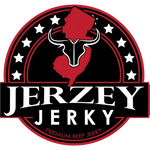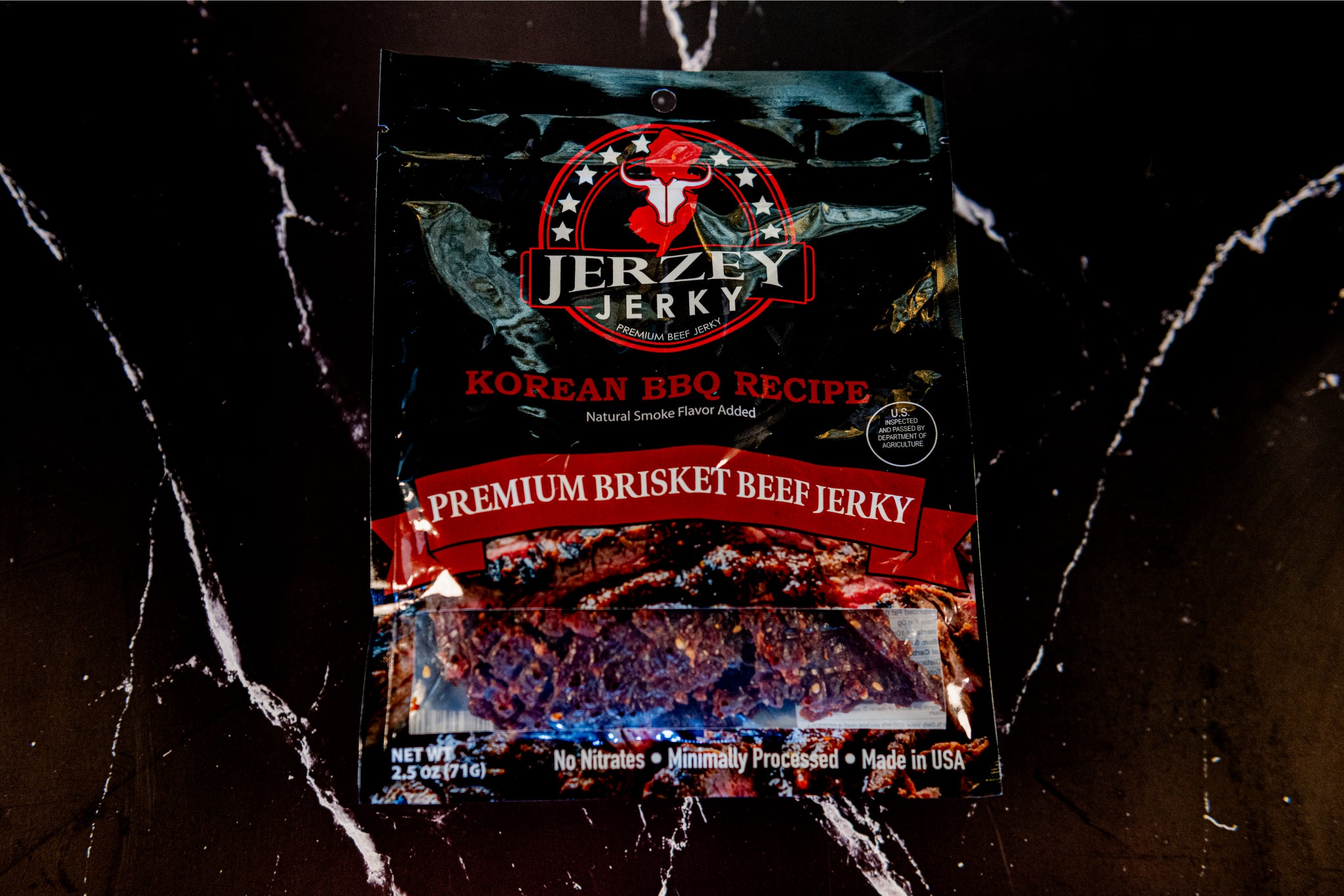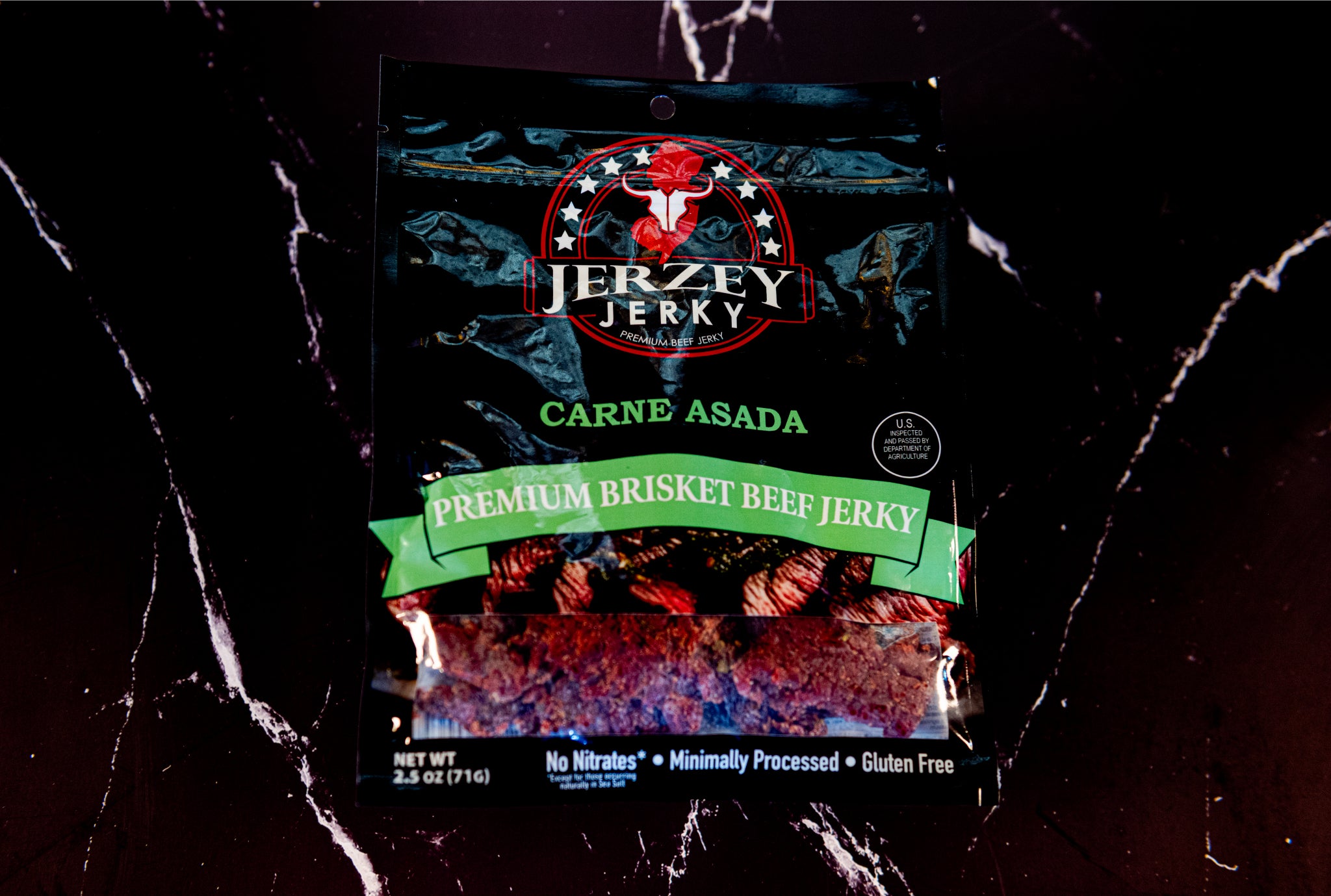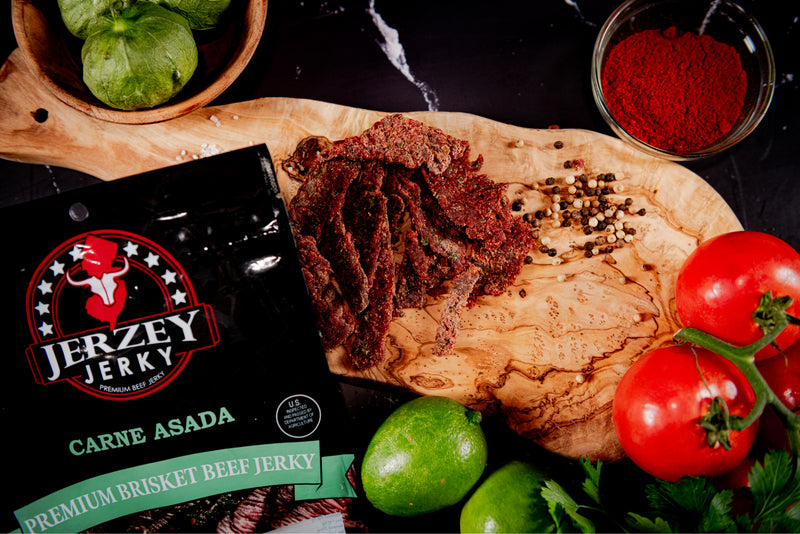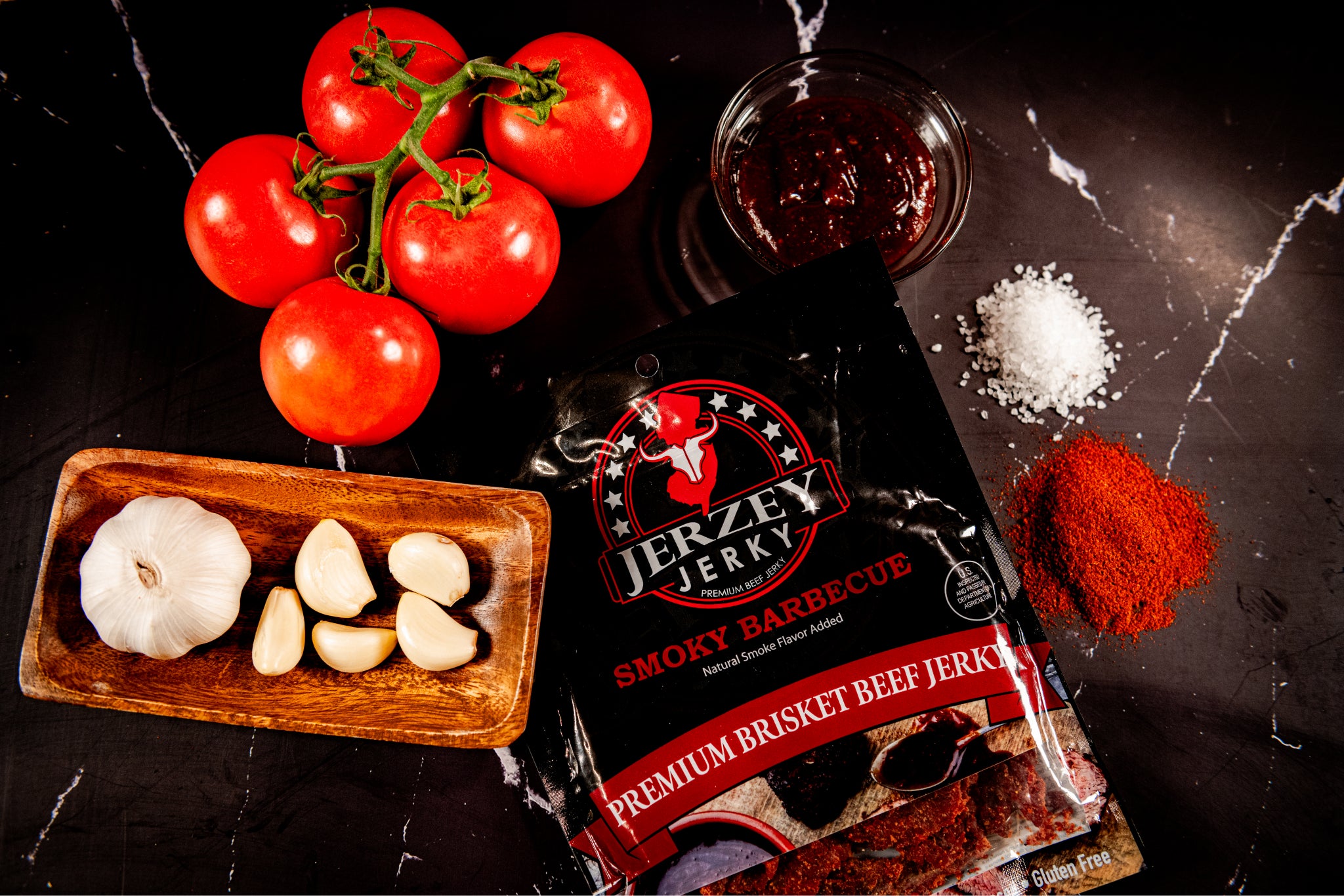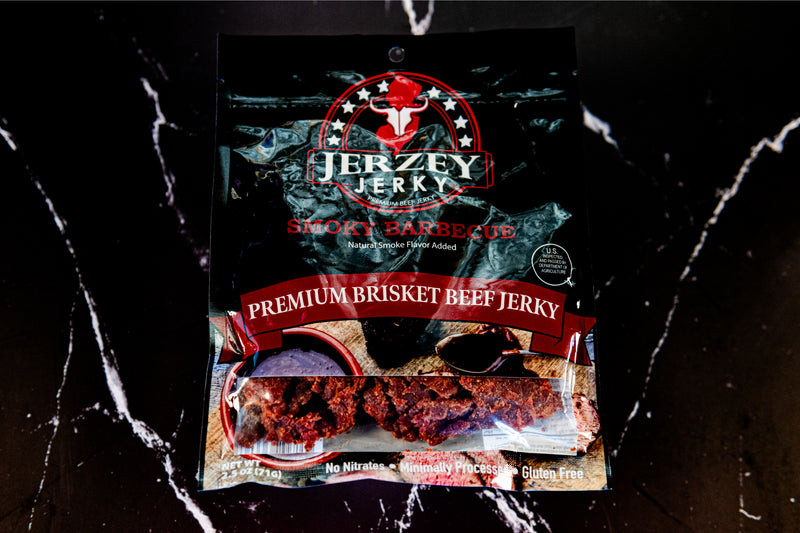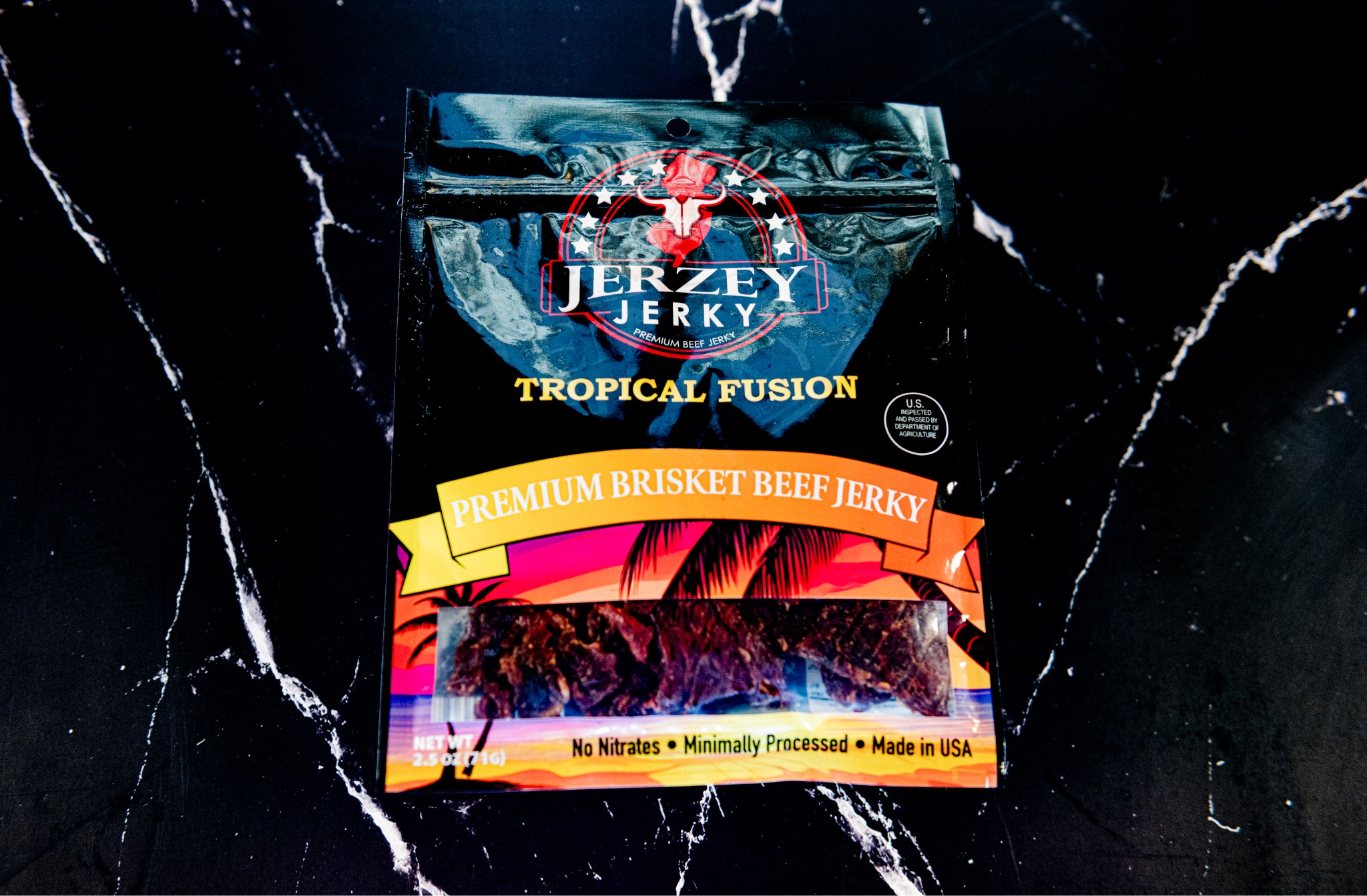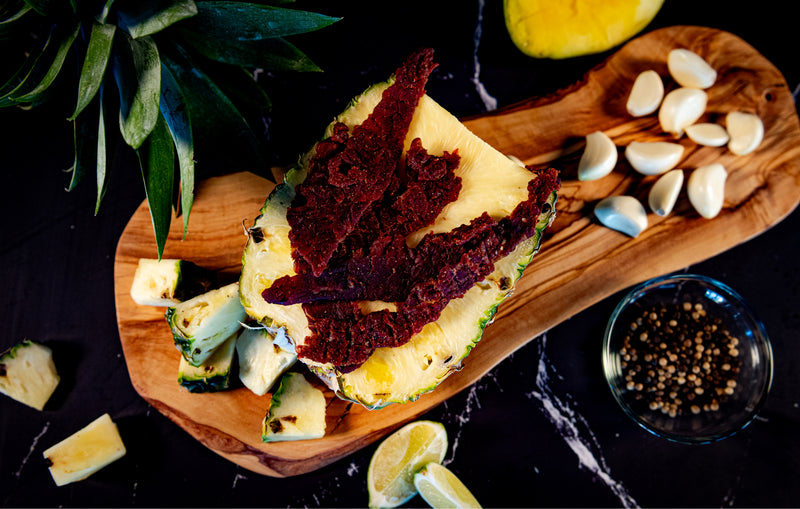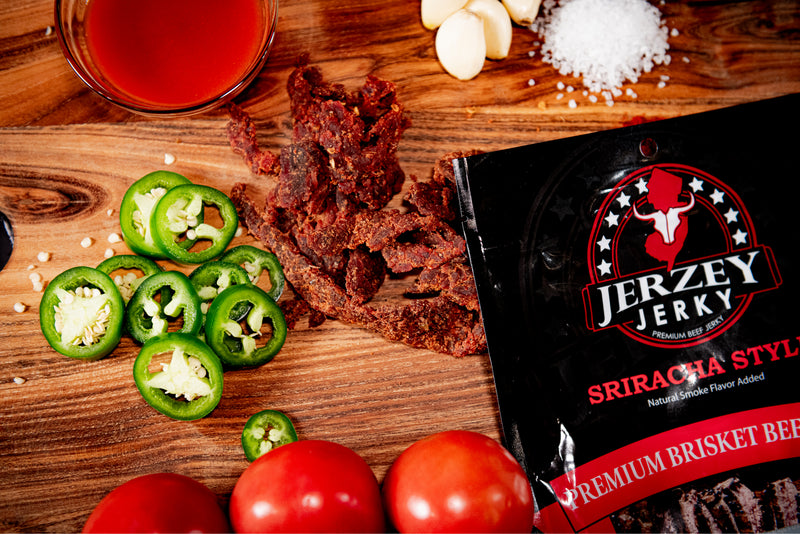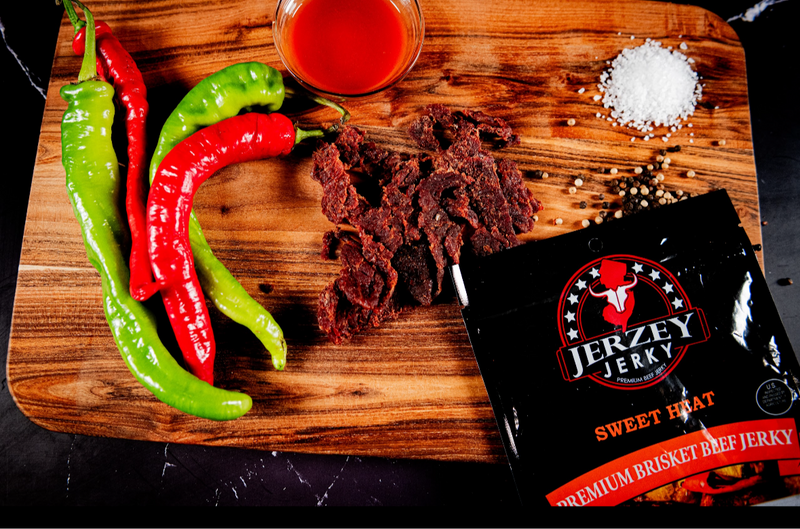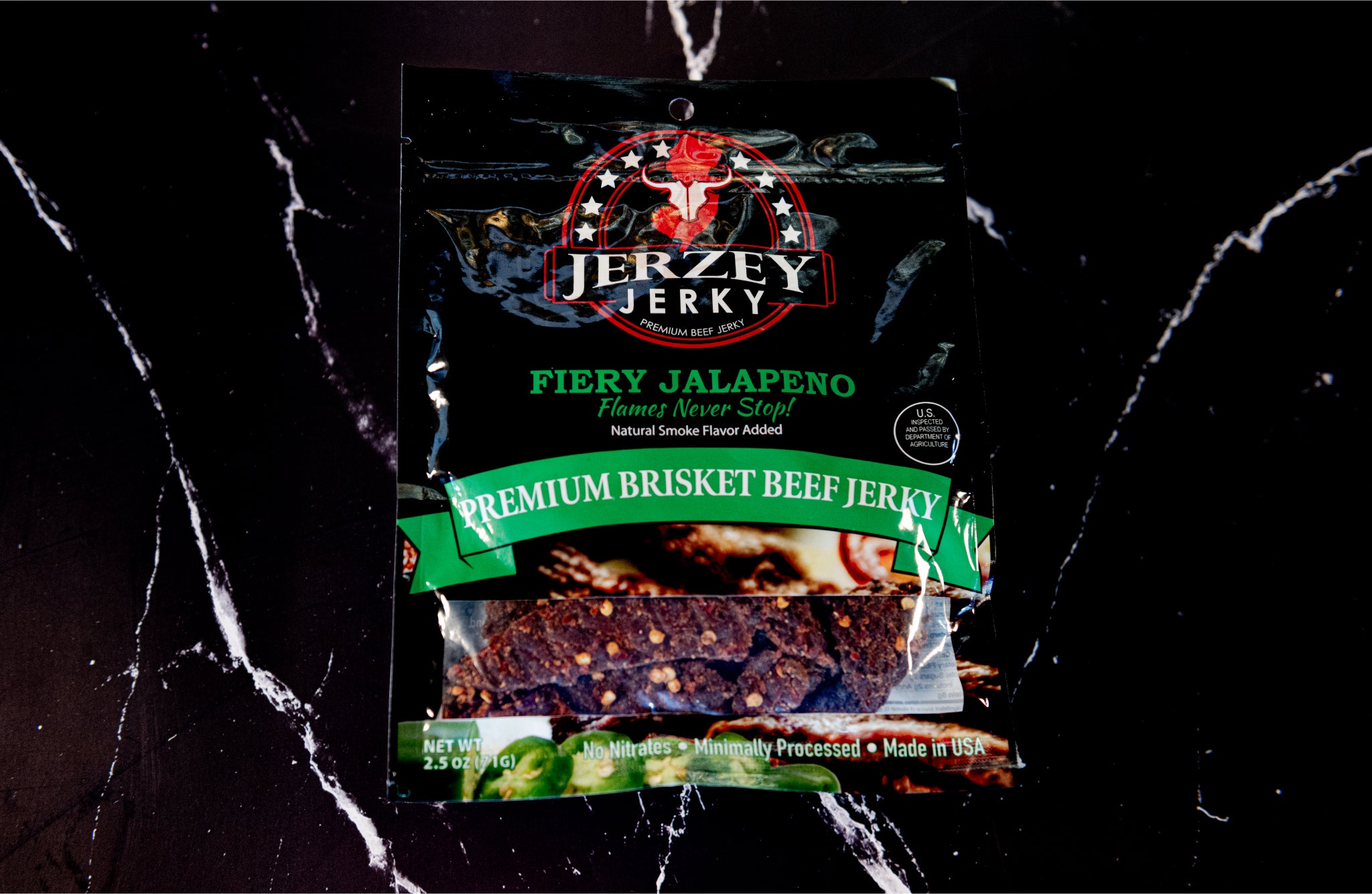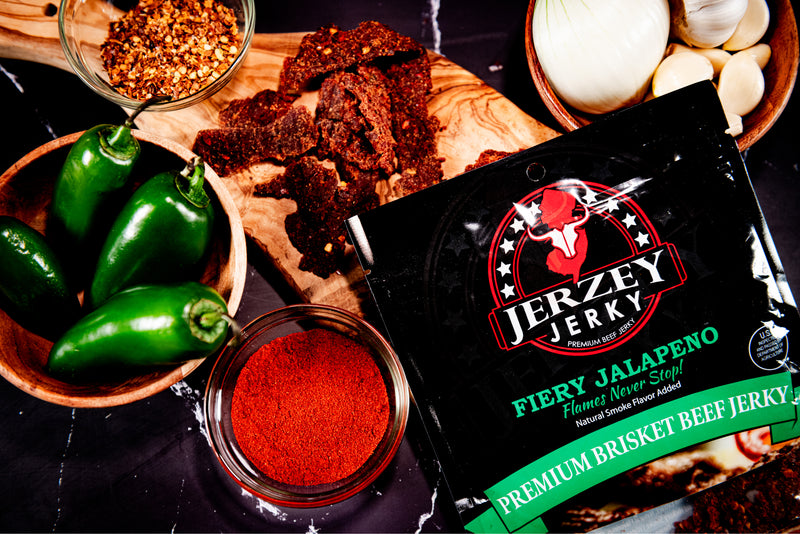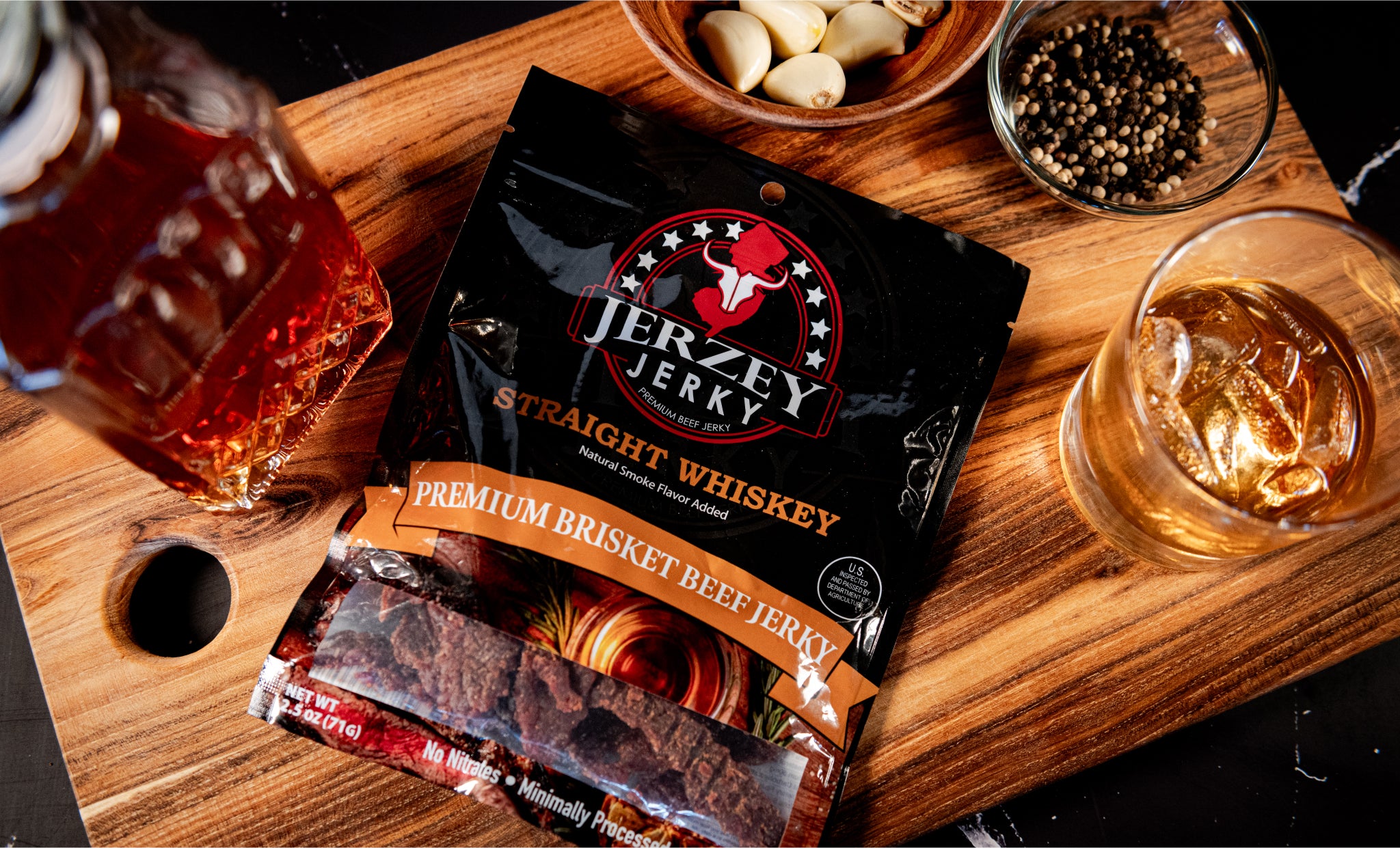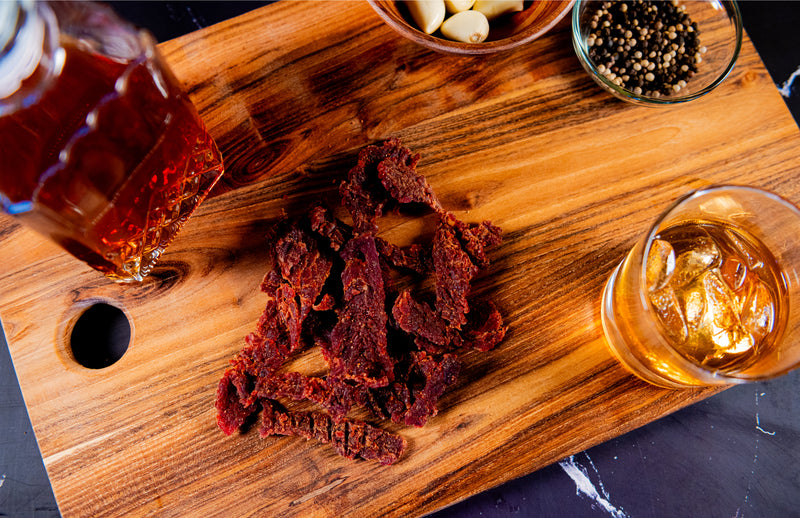
Corned Beef: Characteristics, Nutritional Value & How to Identify
Corned beef is the salt-cured beef derived from the brisket portion of beef. It passes through a drying process involving huge crystals of salt, referred to as corns, combined with spices. The meat remains in this brine between 7 and 10 days which softens the tough muscle fibers and preserves it by inhibiting bacterial growth.
The name corned comes from these coarse salt crystals. It was recorded that the Romans employed this technique as early as 160 BC. Cato the Elder recorded curing of salt beef in De Agri Cultura, one of the oldest surviving farming manuals.
Corned beef was a significant export product from Ireland during the 1600s. Ports such as Cork distributed it around the world. Irish immigrants in America started to eat brisket of the Jewish kosher butchers in the 1840s, and this reintroduced the dish into the local cuisine and made it accessible to working families.
What is the Nutritional Value of Corned Beef?
Here are the six main nutritional facts of corned beef in standard servings:
- Calories: Corned beef provides approximately 213 calories per serving. Curing incorporates fat and salt, adding to the total energy. Lean cuts are lower in calories.
- Protein: Each serving contains 27 units of complete protein. It contains all 9 essential amino acids required in the body to repair and grow.
- Fat Content: It contains 16 units of fat. Saturated fat is the source of about 5 units. The amount of fat varies depending on the cut and cooking technique.
- Sodium: One serving contains 897 units of sodium. This is due to the amount of salt applied to the curing process and is rated high.
- Vitamins & Minerals: Corned beef contains high amounts of iron, zinc, vitamin B12 and selenium. These help red blood cells, immune strength, and nerve functioning.
- Health Note: It contains many nutrients but is rich in sodium. It is eaten in small portions with fresh foods to make the meals balanced.
Shop the best-selling Fiery Jalapeno Beef Jerky - Brisket & Straight Whiskey Beef Jerky - Brisket
What are the Characteristics of Corned Beef?
Here are the four key features of corned beef:
- Cut Used: Corned beef is prepared using brisket, a hard piece of meat with visible fat. Its powerful beefy taste stands its ground during curing. Slowly cooked, brisket is tender and juicy, and suited to long, moist cooking techniques.
- Texture: The corned beef has a soft and somewhat stringy texture. Slow cooking softens the connective tissue and makes a tender bite. The grain allows the meat to be sliced easily, enhancing mouthfeel and preventing the fall of meat.
- Flavor Profile: Corned beef is salty and savory because of brining. Spices such as clove, coriander, and mustard seed are added to provide additional flavor. The process of curing imparts a rich flavor that remains intact despite boiling or slow cooking over a few hours.
- Appearance: It is pinkish-red due to sodium nitrite used in curing. This chemical maintains the appearance of the meat and prevents the growth of bacteria. The meat retains this colour even after cooking, distinguishing it from ordinary boiled beef.
How to Identify Corned Beef?
Here are the four key symptoms used to determine corned beef:
- Color: Corned beef remains pinkish or reddish on cooking. This color is a result of sodium nitrite in curing. It does not turn brown like ordinary cooked beef as a result of the chemical transformations of the curing salts.
- Texture: The texture is hard and sliceable before cooking. It is tender yet maintains shape after slow cooking. The meat tears against the grain and does not crumble, and this makes it easy to identify when cut.
- Packaging: Corned beef is available in three popular types, which include pre-brined fresh, tinned, or sealed in vacuum packs. These packaging designs are used to maintain the meat and to retain the flavor when storing and transporting.
- Labeling: Corned Beef is always clearly mentioned on labels. Pre-brined packets usually come with a spice packet. Canned ones also indicate net weight and ingredients, which assures customers that it is already cured and not raw brisket.
How is Corned Beef Made?
Here are the four key ingredients in preparing corned beef:
- Brining Process: Beef brisket is marinated in a brine consisting of water, large salt crystals and curing salts such as sodium nitrite. This is done to preserve the meat, impart flavor, and alter its texture as the tough muscle fibers are broken down gradually.
- Spices Used: Whole spices are frequently added to the brine, including black peppercorns, mustard seeds, coriander seeds, bay leaves and cloves. These spices make corned beef taste deep and savory and remain so long after hours of cooking.
- Curing Time: The meat remains in the brine between 7 and 10 days. Thicker versions take longer to cure. This period enables the salt and spices to seep into the meat, transforming their taste, texture and color.
- Cooking Method: Corned beef is cured and then simmered or slow-cooked over a few hours. Meat is not dried at low heat. This technique preserves the juiciness of the beef, improves the taste and provides the meat with a soft and cuttable texture.
How to Cook Corned Beef?
Here are the four primary cooking techniques and hints on how to cook corned beef correctly:
- Boiling/Simmering: The most common method is boiling. Corned beef is cooked in water with some spices added such as bay leaves, peppercorns and garlic. Cabbage, carrots, and potatoes are vegetables that are frequently put in towards the last hour of cooking.
- Slow Cooking: A crockpot or pressure cooker provides tender results. Corned beef is put with water and spices and cooked on low heat over a number of hours. This is a technique that separates tough fibers without loss of flavor or moisture.
- Baking: Corned beef is cooked in the oven in some recipes. It is boiled and then covered with a glaze prepared with mustard or brown sugar before baking. This forms a caramelized crust outside and the inside remains wet.
- Slicing: Always cut corned beef cross grains. A bite across the muscle fibers is tender. When the meat is cut across the grain, it becomes difficult to consume even when fully cooked
What are the Buying & Storage Tips for Corned Beef?
The following are five tips to purchase, store, and prepare corned beef safely and wisely:
- Buying: Corned beef is available in two forms, fresh (uncooked) and canned (ready to eat). New ones are normally vacuum-packed with a spice pack. Canned varieties are completely cooked and capped to ensure longer shelf life.
- Storage (Fresh): Keep fresh corned beef in the fridge for up to 5 to 7 days. To store it longer, it can be frozen in airtight containers up to 3 months without quality or flavor loss.
- Storage (Canned): Canned corned beef is shelf-stable for a few years. Once opened, put the remaining into a closed container and refrigerate. It takes between 3 and 4 days to taste and be safe.
- Preparation Tip: It is always important to run fresh corned beef under cold water before cooking. This step removes surface salt on the brine, which contributes to the overall dish being too salty.
om the brisket portion of beef. It passes through a drying process involving huge crystals of salt, referred to as corns, combined with spices. The meat remains in this brine between 7 and 10 days which softens the tough muscle fibers and preserves it by inhibiting bacterial growth.
The name corned comes from these coarse salt crystals. It was recorded that the Romans employed this technique as early as 160 BC. Cato the Elder recorded curing of salt beef in De Agri Cultura, one of the oldest surviving farming manuals.
Corned beef was a significant export product from Ireland during the 1600s. Ports such as Cork distributed it around the world. Irish immigrants in America started to eat brisket of the Jewish kosher butchers in the 1840s, and this reintroduced the dish into the local cuisine and made it accessible to working families.
What is the Nutritional Value of Corned Beef?
Here are the six main nutritional facts of corned beef in standard servings:
- Calories: Corned beef provides approximately 213 calories per serving. Curing incorporates fat and salt, adding to the total energy. Lean cuts are lower in calories.
- Protein: Each serving contains 27 units of complete protein. It contains all 9 essential amino acids required in the body to repair and grow.
- Fat Content: It contains 16 units of fat. Saturated fat is the source of about 5 units. The amount of fat varies depending on the cut and cooking technique.
- Sodium: One serving contains 897 units of sodium. This is due to the amount of salt applied to the curing process and is rated high.
- Vitamins & Minerals: Corned beef contains high amounts of iron, zinc, vitamin B12 and selenium. These help red blood cells, immune strength, and nerve functioning.
- Health Note: It contains many nutrients but is rich in sodium. It is eaten in small portions with fresh foods to make the meals balanced.
What are the Characteristics of Corned Beef?
Here are the four key features of corned beef:
- Cut Used: Corned beef is prepared using brisket, a hard piece of meat with visible fat. Its powerful beefy taste stands its ground during curing. Slowly cooked, brisket is tender and juicy, and suited to long, moist cooking techniques.
- Texture: The corned beef has a soft and somewhat stringy texture. Slow cooking softens the connective tissue and makes a tender bite. The grain allows the meat to be sliced easily, enhancing mouthfeel and preventing the fall of meat.
- Flavor Profile: Corned beef is salty and savory because of brining. Spices such as clove, coriander, and mustard seed are added to provide additional flavor. The process of curing imparts a rich flavor that remains intact despite boiling or slow cooking over a few hours.
- Appearance: It is pinkish-red due to sodium nitrite used in curing. This chemical maintains the appearance of the meat and prevents the growth of bacteria. The meat retains this colour even after cooking, distinguishing it from ordinary boiled beef.
How to Identify Corned Beef?
Here are the four key symptoms used to determine corned beef:
- Color: Corned beef remains pinkish or reddish on cooking. This color is a result of sodium nitrite in curing. It does not turn brown like ordinary cooked beef as a result of the chemical transformations of the curing salts.
- Texture: The texture is hard and sliceable before cooking. It is tender yet maintains shape after slow cooking. The meat tears against the grain and does not crumble, and this makes it easy to identify when cut.
- Packaging: Corned beef is available in three popular types, which include pre-brined fresh, tinned, or sealed in vacuum packs. These packaging designs are used to maintain the meat and to retain the flavor when storing and transporting.
- Labeling: Corned Beef is always clearly mentioned on labels. Pre-brined packets usually come with a spice packet. Canned ones also indicate net weight and ingredients, which assures customers that it is already cured and not raw brisket.
How is Corned Beef Made?
Here are the four key ingredients in preparing corned beef:
- Brining Process: Beef brisket is marinated in a brine consisting of water, large salt crystals and curing salts such as sodium nitrite. This is done to preserve the meat, impart flavor, and alter its texture as the tough muscle fibers are broken down gradually.
- Spices Used: Whole spices are frequently added to the brine, including black peppercorns, mustard seeds, coriander seeds, bay leaves and cloves. These spices make corned beef taste deep and savory and remain so long after hours of cooking.
- Curing Time: The meat remains in the brine between 7 and 10 days. Thicker versions take longer to cure. This period enables the salt and spices to seep into the meat, transforming their taste, texture and color.
- Cooking Method: Corned beef is cured and then simmered or slow-cooked over a few hours. Meat is not dried at low heat. This technique preserves the juiciness of the beef, improves the taste and provides the meat with a soft and cuttable texture.
How to Cook Corned Beef?
Here are the four primary cooking techniques and hints on how to cook corned beef correctly:
- Boiling/Simmering: The most common method is boiling. Corned beef is cooked in water with some spices added such as bay leaves, peppercorns and garlic. Cabbage, carrots, and potatoes are vegetables that are frequently put in towards the last hour of cooking.
- Slow Cooking: A crockpot or pressure cooker provides tender results. Corned beef is put with water and spices and cooked on low heat over a number of hours. This is a technique that separates tough fibers without loss of flavor or moisture.
- Baking: Corned beef is cooked in the oven in some recipes. It is boiled and then covered with a glaze prepared with mustard or brown sugar before baking. This forms a caramelized crust outside and the inside remains wet.
- Slicing: Always cut corned beef cross grains. A bite across the muscle fibers is tender. When the meat is cut across the grain, it becomes difficult to consume even when fully cooked
What are the Buying & Storage Tips for Corned Beef?
The following are five tips to purchase, store, and prepare corned beef safely and wisely:
- Buying: Corned beef is available in two forms, fresh (uncooked) and canned (ready to eat). New ones are normally vacuum-packed with a spice pack. Canned varieties are completely cooked and capped to ensure longer shelf life.
- Storage (Fresh): Keep fresh corned beef in the fridge for up to 5 to 7 days. To store it longer, it can be frozen in airtight containers up to 3 months without quality or flavor loss.
- Storage (Canned): Canned corned beef is shelf-stable for a few years. Once opened, put the remaining into a closed container and refrigerate. It takes between 3 and 4 days to taste and be safe.
- Preparation Tip: It is always important to run fresh corned beef under cold water before cooking. This step removes surface salt on the brine, which contributes to the overall dish being too salty.
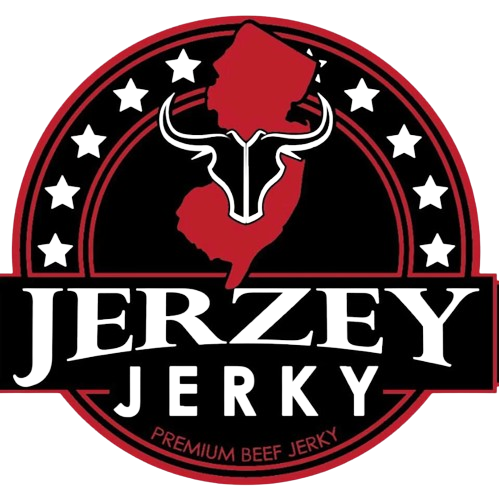
 2025-09-11
2025-09-11
 Wayne Holland
Wayne Holland

